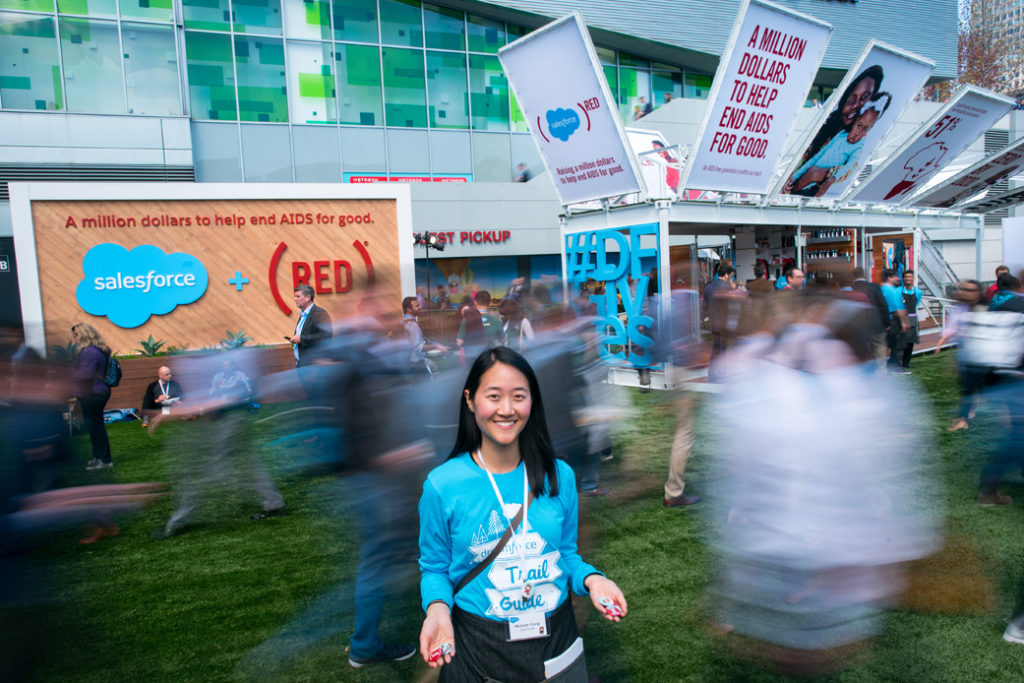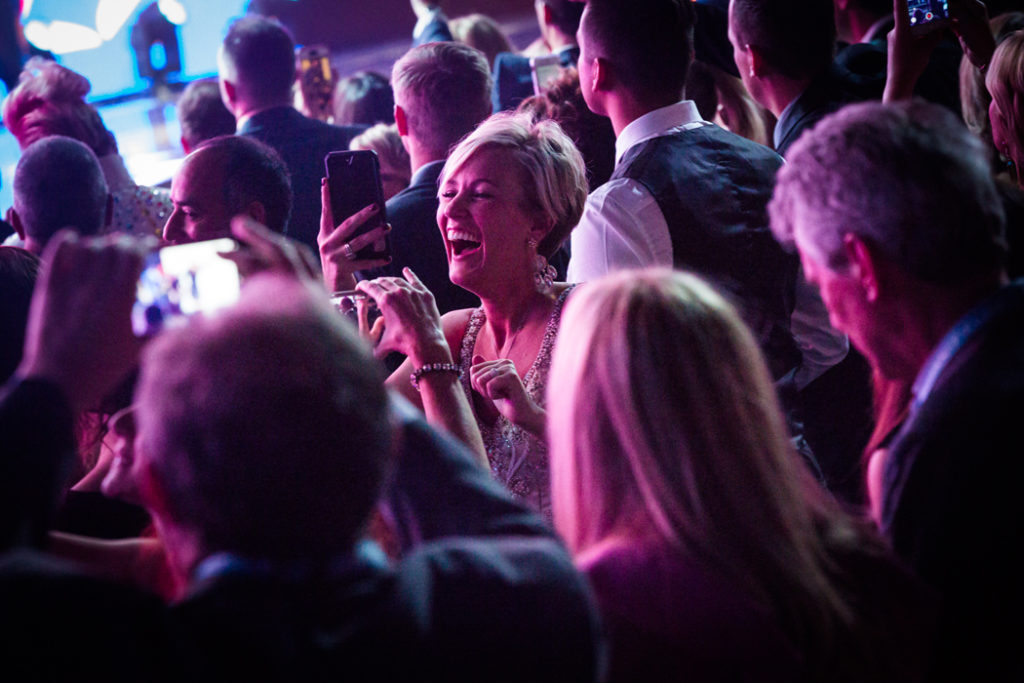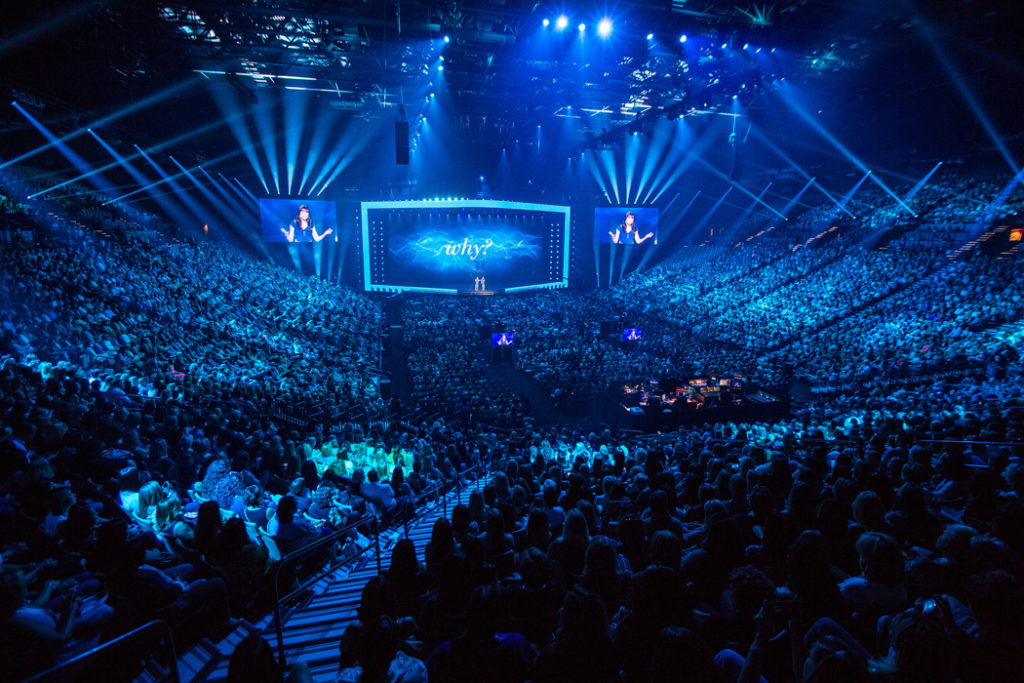(Article originally appeared in Forbes) Scott Kellner, VP of marketing for GPJ provides an overview of a few key trends that are making waves and providing value for global brands.
Looking for a big bet to make next year? I believe experiential marketing is going to take center stage. The 2010s were the age of experience; now, 2020 has been teed up to cash in on the groundwork laid in the last decade.
Consumers are constantly shifting with moves in marketing and in the media. But now, more than ever, it is vital to invest in capturing the attention of those whose attention is being snatched from them at every turn.
When it comes to experiential marketing, there’s reason to be optimistic. From local pop-ups to brand pavilions at the Olympic games, it seems like everywhere you turn, experience marketing is taking the right steps forward in competing for ever-diminishing consumer attention, and there are a few trends worth keeping an eye out for in this new decade.
Our experiential marketing agency put together an Experiential Trends Report of 10 effective trends and movements in experiential to keep on your radar in this new decade. Let’s take a look at three:
CSR integrity: If you don’t believe in your CSR, no one will.
Create an inauthentic CSR program and it’s unlikely consumers will recognize your effort. Consumers are adept at their ability to sniff out a phony, and when it comes to CSR, they’ll always let you know.
The brands that are doing it best go beyond pasting in a one-off corporate social responsibility activity at their events; they thoroughly examine every facet of their experiences for alignment with their values and intentions.
Salesforce’s work with Red is a great example of full integration of their shared ethos and support on display. At Dreamforce (Salesforce’s annual event), the CEO of Red shared the stage at the keynote, while other high-profile leaders from the nonprofit were included in panels and other event components to deepen understanding of their efforts companywide.
This kind of self-interrogation can help brands go deeper with integrity-generating stakeholder relationships, beyond surface-level “feel good” moments. Choose a partnership or cause that feels right to the core of your brand and is sustainable.
Story living: Make it feel personal.
Making experiences feel personal (without being creepy) and immersive (without being too overwhelming) helps your event to stay within the attention span of consumers worldwide. Don’t just tell a story; help attendees to live it.
By creating opportunities for attendees to go from passive to active participants — from common spaces to exhibit area interactions — you enable them to create their own story about your event, deepening attachment and increasing social sharing.
Staging as messaging: Say it with a show.
Consumers have seen so many standard-size screens on stages in their lifetimes that they’ve begun completely tuning them out. Outside of functional screens to help event-goers see what’s on stage, the public has become numb to standard staging. Those that go the extra mile in crafting a stage presentation that works double-time — with style and substance — will reap that ever-elusive attention span from ticket-holders.
But what else will happen?
There inevitably will be changes in culture and shifts in taste. Which trends will best approach these changes? How will these trends change over the next 12 months? We can’t say exactly what’s coming now, but it’s important to be ready for the opportunity to tackle them when they come along.



